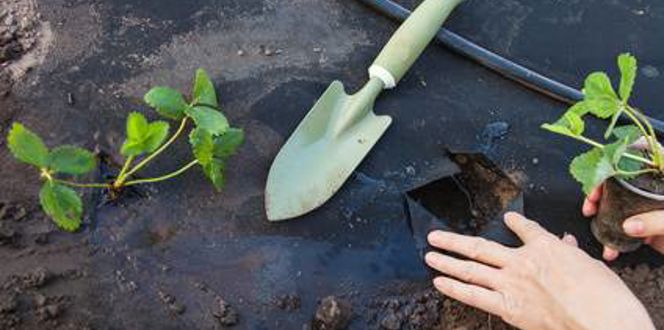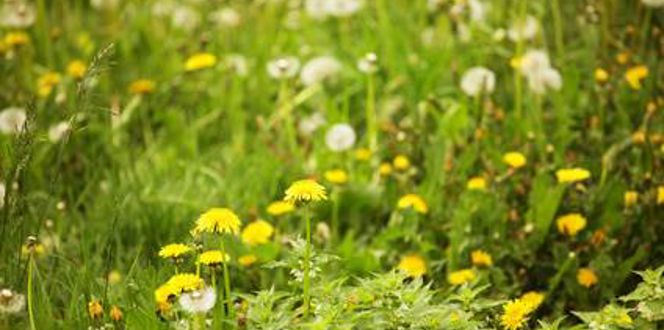When it comes to the peskiest, persistent and downright unwanted garden weed, Creeping Charlie might just take the cake.
With its fuzzy, scalloped leaves and delicate lavender flowers, Creeping Charlie looks rather innocent at first glance. But it’s one of the most hard-to-manage weeds, 1) because it’s perennial, so it crops back up every year if it’s not controlled; and 2) because it establishes multiple sets of roots. Even if you pull up and dig out the weed in one spot, there are a whole bunch more roots helping to keep the weed alive and spread even further.
Still, with the right tools and timing, you can get rid of this relentless weed and stop it from coming back
How to remove ground ivy or Creeping Charlie
Quick treatment methods followed by long-term lawn and garden care both help prevent Creeping Charlie.
Glechoma hederacea: what is it good for?
When it’s not disrupting our lush lawns, Glechoma hederacea, also known as Creeping Charlie or ground ivy, is actually a helpful plant. For centuries, its leaves have been used as a flavorful addition to drinks and even as a remedy to the common cold. Plus, some homeowners like the look of ground ivy hanging in baskets near their home, and bees flock to the flowers in ground ivy for nectar.
Benefits aside, most homeowners agree that ground ivy is no good for lawns and gardens. With weeds lingering, your grass never quite looks its best. Even worse, the weed can wrap around and essentially “strangle” nearby plants if it has creeped into your garden.
Avoid these outcomes by removing and controlling Creeping Charlie as soon as you spot it.
Chemical and natural Creeping Charlie removal methods
The quickest way to say goodbye to Creeping Charlie is with a herbicide, but you should not go this route if the weed is growing near plants, fruits or vegetables, or if there’s a chance you can just remove it naturally. Try pulling the weed by hand, making sure to remove every last set of roots. Leave any roots behind, and the pesky plant will come right back next season. A quick tip: water, before you begin so the weed, is easier to pull up.
If ground ivy is spread far and wide in your yard, and using a herbicide is a must, opt for a product that has ground ivy on the label. Carefully follow the product instructions, and apply the herbicide in fall when the weed is in its peak growth stage. Through winter, the weed will become weak and die off.
How to prevent ground ivy or Creeping Charlie
This weed thrives in a shady, moist environment, and it’s not shy about crowding out areas of your lawn that are weak or bare. The best way to prevent the weed is to eliminate the cozy, familiar elements that help it grow. Here’s how:
- Selectively prune trees to bring in sunlight and cut down on shady areas of grass. Always call in a professional arborist for a large pruning job.
- Water your lawn less frequently so the soil doesn’t stay too moist in shaded spots.
- Overseed bare patches in your lawn to discourage ground ivy growth.
- Take proper care of your lawn so it’s not vulnerable to invasive weeds. Lawn aeration, mowing, and fertilization are a few essentials.





